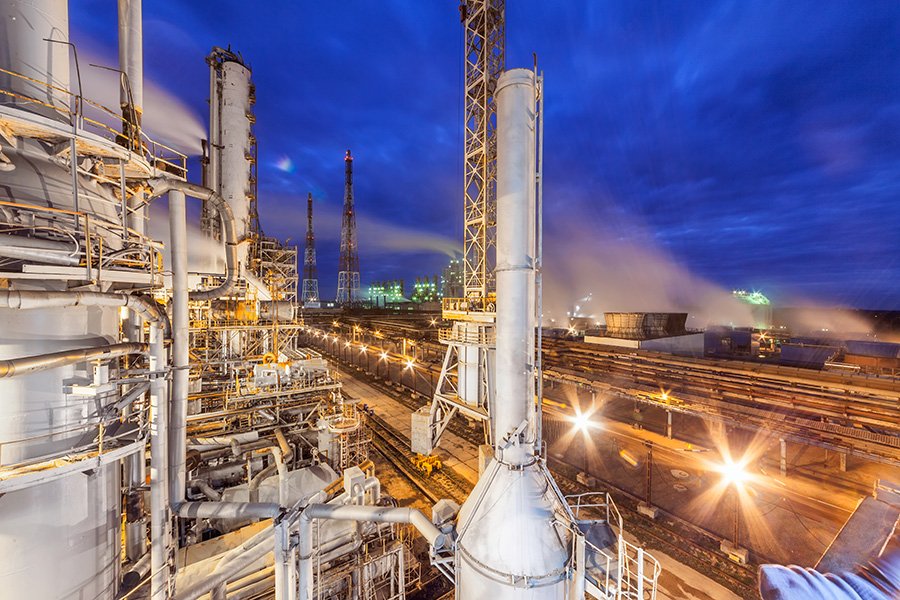CSE researchers part of $10M DOE grant to improve ammonia production

Developing low- and zero-carbon ammonia for agriculture and industry is key strategy in driving sustainability
MINNEAPOLIS / ST. PAUL (07/08/2021) – With support from a recent $10 million grant from the U.S. Department of Energy’s Advanced Research Project Agency-Energy (ARPA-E) and partners, including the independent nonprofit research institute RTI International, University of Minnesota researchers in the College of Science and Engineering’s Department of Chemical Engineering and Materials science are part of a new research project aimed at developing and demonstrating novel processes to produce ammonia from intermittent renewable energy. The project has already received strong industry support.
Developing low- and zero-carbon ammonia for use in agriculture and industry, and as an energy source in this project, is a key strategy to drive sustainability in emerging energy markets and across the agriculture value chain.
Ammonia is currently produced from hydrogen and nitrogen using the well-developed Haber-Bosch technology, with mainly natural gas and coal used as the hydrogen source. It is estimated that ammonia production is responsible for 1 to 2 percent each of global energy consumption and carbon dioxide emissions.
Renewable ammonia production refers to using electrical power derived from renewable resources to produce hydrogen from water via electrolysis, separate nitrogen from air, and subsequently power ammonia synthesis. This concept is currently attracting worldwide attention, but its adoption faces significant technological and economic challenges.
Chemical engineering and materials science researchers led by Professors Alon McCormick, Paul Dauenhauer, and Ed Cussler have developed an innovative technology that replaces a costly condensation step in the Haber-Bosch ammonia synthesis process with an absorption-based one, allowing for lower capital costs at small scales.
In addition, a research team led by chemical engineering and materials science Professor Prodromos Daoutidis has developed decision support tools and techno-economic analyses for designing optimized renewable ammonia production systems with synergistic utilization of ammonia as fertilizer, fuel, and energy storage medium. Their work on a previous ARPA-E project developed capabilities at the University of Minnesota for this new ARPA-E project.
The project will integrate the most promising breakthrough technologies developed in ARPA-E’s Renewable Energy to Fuels Through Utilization of Energy-Dense Liquids (REFUEL) program into a modular, demonstration facility capable of producing one metric ton of low- and zero-carbon ammonia per day. The technologies include Casale and RTI’s low-temperature, low-pressure synthesis along with flexible process control strategies that can vary ammonia production to meet available intermittent electricity, and the University of Minnesota’s elevated temperature ammonia separation.
The demonstration site will be at the University of Minnesota West Central Research and Outreach Center (WCROC) in Morris, Minn., where a first-of-its kind small-scale wind-to-ammonia facility was built in 2013.
McCormick and Daoutidis will participate in the technology integration and the economic and life cycle analysis tasks of the project. This project will be a major step toward eventual commercial deployment of renewable ammonia production plants.
“We definitely see potential for using renewable ammonia for large-scale storage for grid stabilization, regional-scale sustainable agriculture and energy, and community-scale applications,” Daoutidis said. “The ultimate vision is for the University of Minnesota to be a leader in the development of innovative renewable ammonia production and utilization methods and the optimal design of renewable energy storage systems.”
This research builds upon long-standing research partnerships.
“After establishing the first wind-to-ammonia pilot plant in 2013, it is very fulfilling to participate in this transformative U.S. Department of Energy ARPA-E REFUEL project and have the opportunity to showcase the most advanced green ammonia production technologies available,” said Mike Reese, Director of Renewable Energy at the WCROC. “This could not have been accomplished without the strong support of partners from the University of Minnesota’s Department of Chemical Engineering and Materials Science and the College of Science and Engineering, as well as from the State of Minnesota. The integrated ammonia technology platform is the culmination of years of research and the actions of dedicated people across the public and private spectrum with the ultimate goal to create a better world through innovation.”
External partners and end-users play a key role in this research project’s success.
“We are excited to integrate advanced ammonia production and utilization technologies and demonstrate them under real-world conditions,” said Sameer Parvathikar, principal investigator at RTI. “In addition to our technology partners, we are also connecting with end-users to accelerate commercialization of a technology that will play an important role in the decarbonization of energy and agricultural industries.”
In addition to the University of Minnesota, RTI, and Casale, the project team includes industry partners Nutrien, GE, Nel Hydrogen, Xcel Energy, Great River Energy, Otter Tail Power Company, Runestone Electric Association, Chemtronergy, Texas Tech University, Pacifica, the Agricultural Utilization Research Institute (AURI) and Shell.
Learn more about the University’s renewable energy research on the WCROC website.
